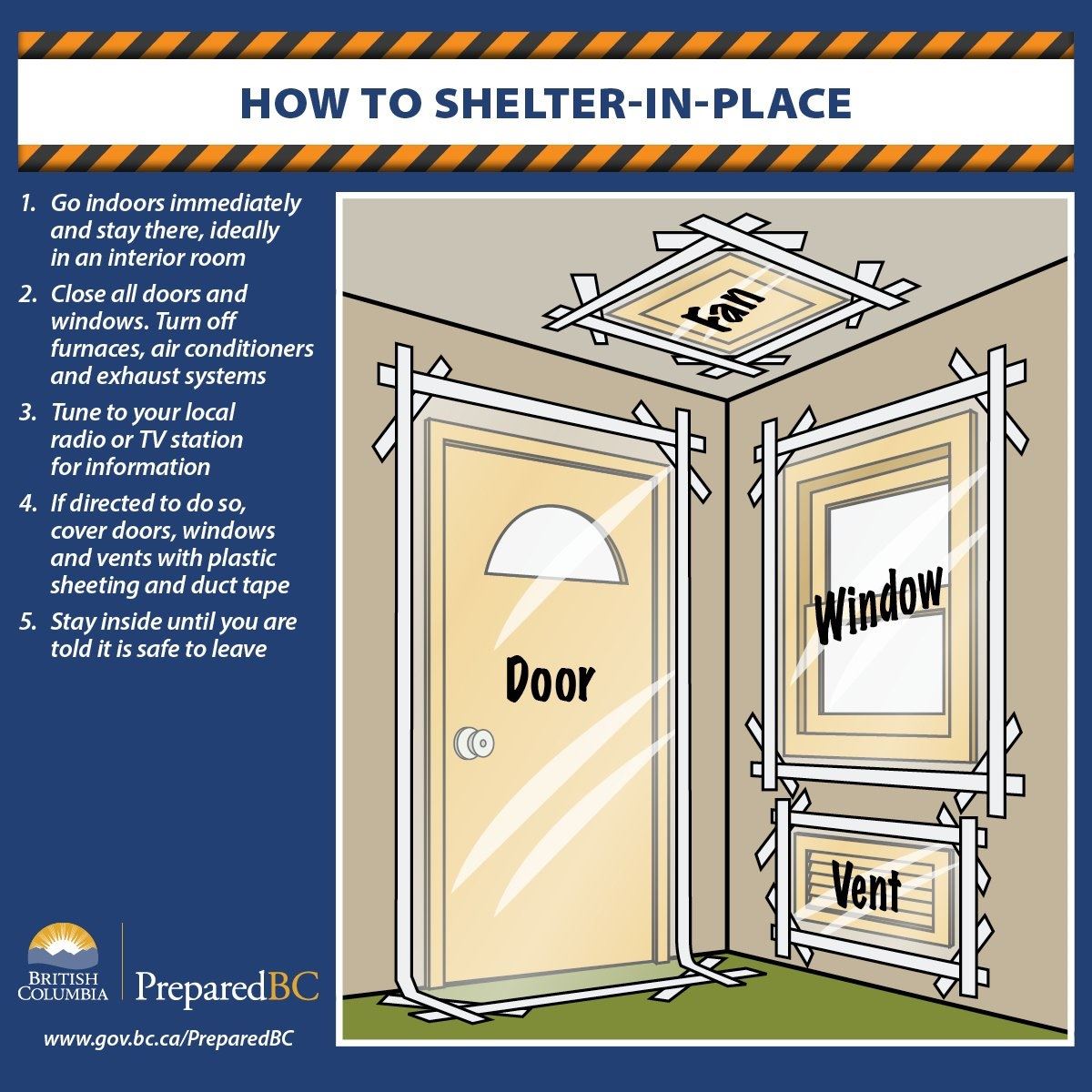- Create an Emergency Communication Plan for Your Family
Select a contact that everyone knows to call or email if a disaster occurs. This contact should be far enough away that they would be unlikely to be affected by the same event. Make sure every family member has the contact information for this person and the other family members. You can leave information at your children's school or at your workplace.
Remember: telephone lines and cellular waves often become flooded in an emergency but be patient and try again later.
- Other Positive Action Steps
- Limit the amount of media coverage of a disaster or emergency event that children watch. Adults may also need breaks from such media coverage.
- Talk with your children and family ahead of time about what might happen in case of an emergency. Explain to children that sometimes good people like firemen or rescue workers have to wear big suits or hoods that might make them look different.
- Be a part of a neighborhood watch group or volunteer.
- Become trained in Cardiopulmonary Resuscitation (CPR), first aid, and/or community emergency response.
- Important Documents
Also add copies of important documents such as:
- Birth certificates
- Life insurance designations
- Marriage records
- Passports
- Health Records
Keep current records of:
- Allergies
- Blood type
- Doctor's name
- Health conditions
- Medications
- Personal characteristics such as age, height, and weight for each person in your family
- Assemble a Disaster Supply Kit
Use an easy-to-carry container to collect items that would be needed in case of an emergency.
Think about items such as:
- Baby formula
- Battery-powered radio
- Change of clothes for each person
- Duct tape
- First aid supplies including prescription medications
- Food
- Phone charger
- Plastic sheeting
- Sleeping bags or mats
- Tools
- Water
- Shelter in Place
If you are instructed to shelter in place, this means that you should remain in your home or office and protect yourself there. Close and lock all windows, doors, and fireplace dampers. Choose an above-ground interior room and gather your supplies. Once in the room seal the cracks around the doors, windows, and any vents to the room with plastic and/or duct tape. Listen to your radio or television and read updates online until you are told all is safe or to evacuate.

- Large Scale Emergencies
- Remain calm and be patient
- Follow the instructions of local emergency officials
- Listen to your radio or television and read updates online for information and instructions
- Call your family contact and then only use the phone if it is a life-threatening emergency (to keep phone lines and cellular waves clear)
- Confine and secure your pets
If you are instructed to evacuate, officials have good reason to make this request. Wear long sleeves, pants, and sturdy shoes for protection, take your disaster supply kit, take your pets, lock your home, and use designated travel routes (don't look for shortcuts).
Language Translation
